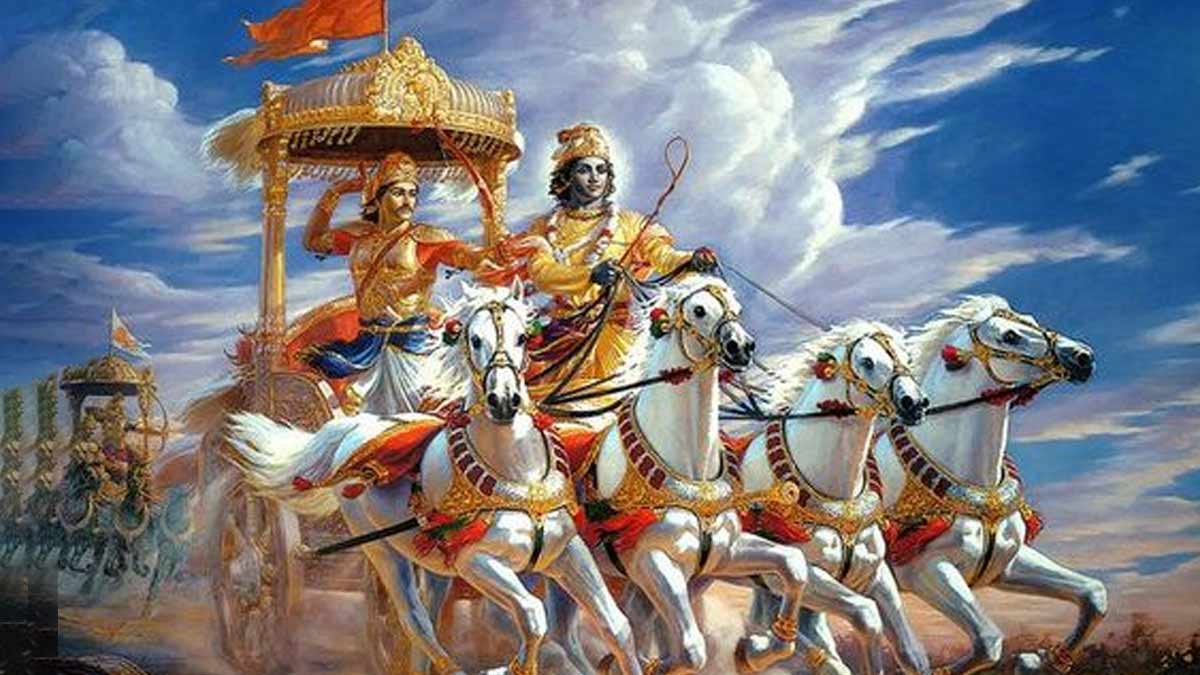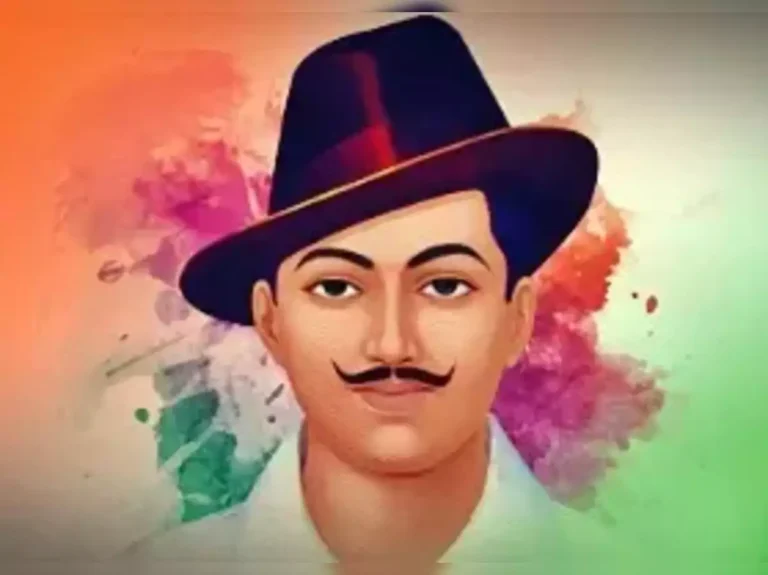
Introduction
The Mahabharata is one of the most celebrated epics of ancient Indian literature. Composed by the sage Vyasa, it is an extensive narrative that encompasses the essence of Hindu philosophy, culture, and morality. With over 100,000 verses, it is one of the longest epic poems in the world, surpassing both the Iliad and the Odyssey combined. The Mahabharata not only narrates the great war of Kurukshetra but also delves into the complexities of human nature, ethics, and the pursuit of righteousness (dharma).
The Structure and Content
The Mahabharata is divided into 18 Parvas (books), each detailing different aspects of the epic story. It includes diverse narratives, teachings, and philosophical discourses, making it a comprehensive guide to life and duty.
The Main Storyline
At the heart of the Mahabharata is the story of the Kuru dynasty and the rivalry between the Pandavas and the Kauravas. The Pandavas—Yudhishthira, Bhima, Arjuna, Nakula, and Sahadeva—are the five sons of King Pandu. The Kauravas are the hundred sons of King Dhritarashtra, Pandu’s blind brother. The epic chronicles their familial conflicts, leading up to the epic battle at Kurukshetra.
Key Characters
- Krishna: The divine charioteer, a central figure who offers guidance, particularly to Arjuna.
- Arjuna: The third Pandava, a skilled archer and the protagonist who receives the Bhagavad Gita’s teachings.
- Yudhishthira: The eldest Pandava, known for his adherence to dharma.
- Bhishma: The granduncle of both the Pandavas and Kauravas, a paragon of duty and sacrifice.
- Duryodhana: The eldest Kaurava, whose ambition and jealousy fuel the conflict.
The Bhagavad Gita
One of the most significant parts of the Mahabharata is the Bhagavad Gita, a 700-verse scripture that occurs in the Bhishma Parva. It is a conversation between Prince Arjuna and Lord Krishna, who serves as his charioteer. As Arjuna is paralyzed by doubt and moral dilemma on the battlefield, Krishna imparts spiritual wisdom and guidance, covering topics such as duty, righteousness, and the nature of the self. The Bhagavad Gita is revered as a philosophical and spiritual classic, offering timeless insights into the human condition and the path to spiritual liberation.
Themes and Teachings
The Mahabharata encompasses a wide array of themes and teachings:
- Dharma (Righteousness): Central to the epic is the concept of dharma, the moral order that sustains society, individuals, and the cosmos.
- Karma (Action): The epic underscores the importance of righteous action and the consequences of one’s deeds.
- Moksha (Liberation): The ultimate goal of human life, liberation from the cycle of birth and death, is discussed in depth.
- Complexity of Human Nature: The characters in the Mahabharata are multidimensional, exhibiting a range of virtues and flaws, reflecting the complexities of human nature.
Sub-Stories and Philosophical Discourses
The Mahabharata is not just a single narrative but a tapestry of various stories and discourses. Among these are the tales of:
- Nala and Damayanti: A story of love, separation, and reunion.
- Savitrī and Satyavan: A tale of a devoted wife’s struggle to reclaim her husband’s life from Yama, the god of death.
- The Story of Shakuntala: A love story that highlights themes of virtue and destiny.
Influence and Legacy
The Mahabharata has left an indelible mark on Indian culture, philosophy, and religion. Its teachings have influenced various aspects of Hindu thought and continue to resonate in contemporary times. The epic has been adapted into numerous languages, art forms, and media, transcending cultural boundaries.
Conclusion
The Mahabharata is more than an epic narrative; it is a profound exploration of human life and values. Through its complex characters, intricate plotlines, and deep philosophical discourses, it offers a timeless guide to living a life of virtue, duty, and righteousness. The epic’s enduring legacy continues to inspire and enlighten people across generations and cultures, affirming its place as one of humanity’s greatest literary and spiritual works.




